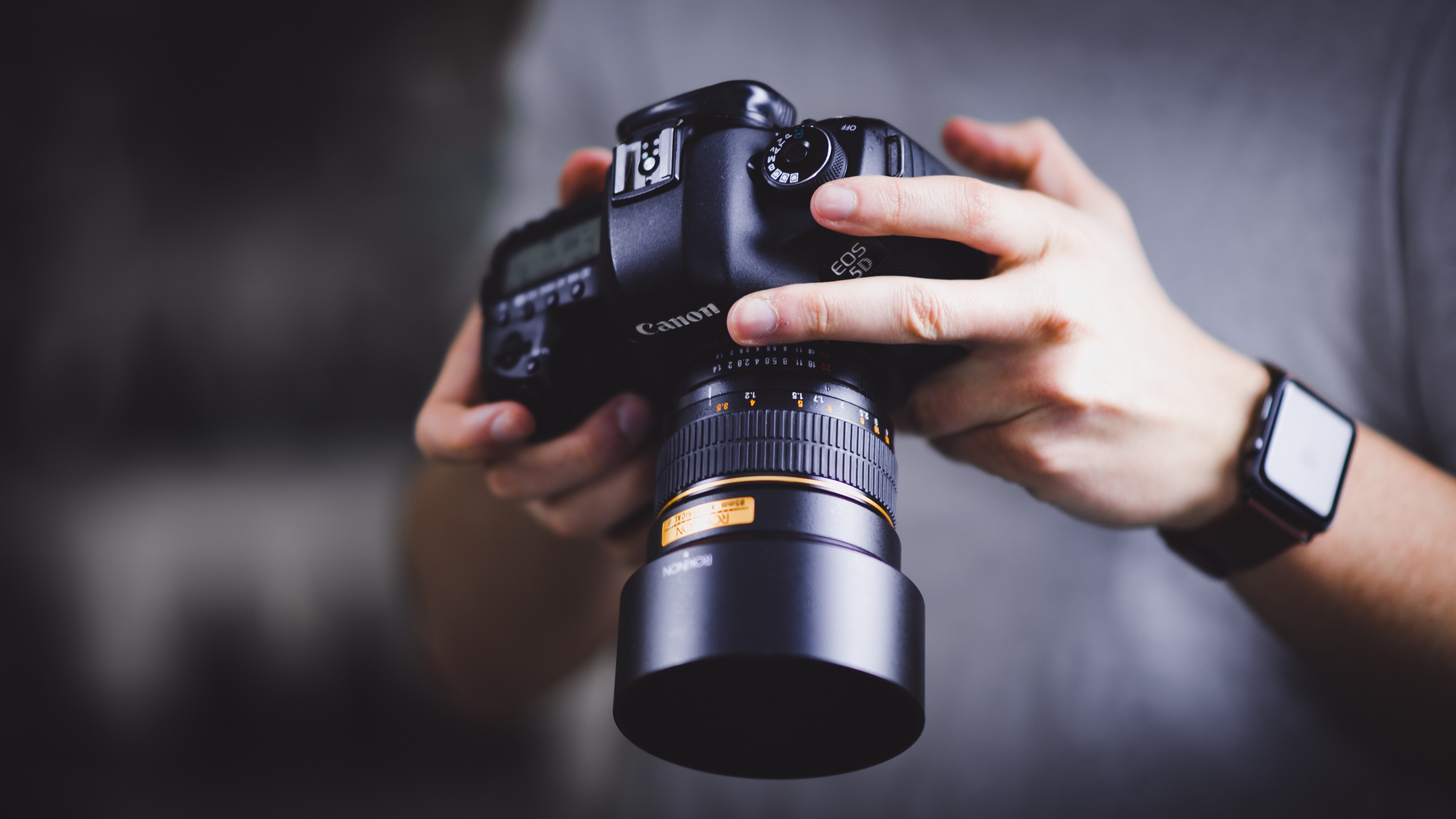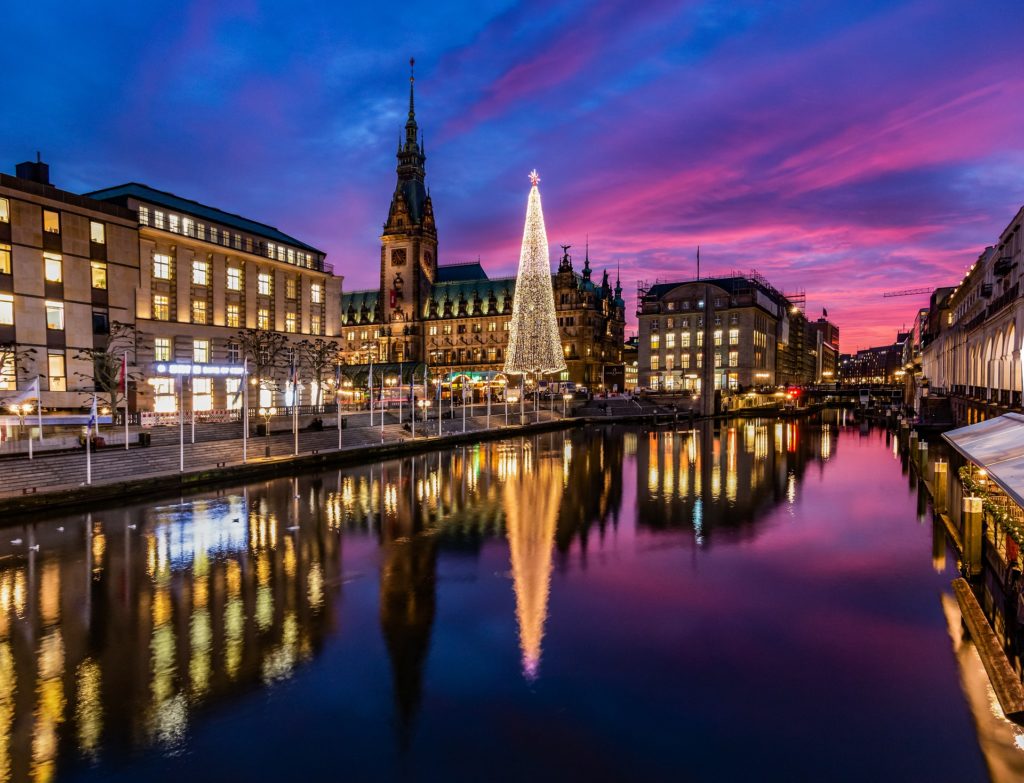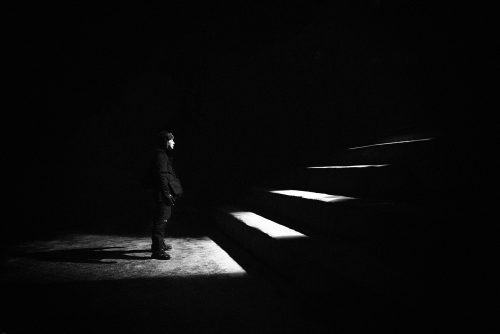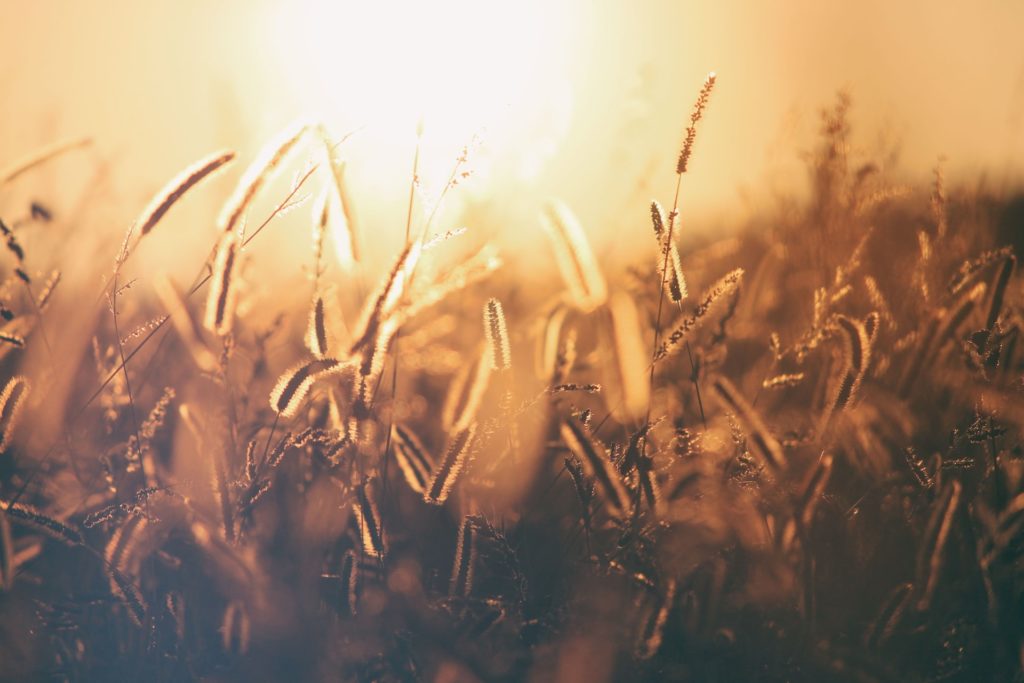Understanding exposure is one of those fundamentals of photography that we all need to master, but as a beginner…well it can be a doozy.
Before we get into the resources for understanding exposure below, let me give you a very basic overview.
Exposure refers simply to the amount of light that reaches the film or sensor in your camera.
There are three settings that impact exposure – or how bright or dark your images are – and these functions together make up the Exposure Triangle.
ISO, Shutter Speed, and Aperture all interact with each other and how you select the settings for each give you the effect you want for your image.
- ISO – refers to how sensitive the film is to light (in DSLR cameras, this refers to the sensor setting instead). If you are taking photos on a bright, sunny day, you'll want to use a low ISO setting (probably ISO 100 or 200). If your scene is poorly lit, you'll probably use a high ISO; Warning…higher ISO settings will show up unwanted graininess, called noise, in your image.
- Shutter Speed – this is the amount of time the shutter on your camera is open. If you only have the shutter open for a short time, less light hits the film or sensor and you capture an image snap frozen in time! The longer the shutter speed, the more light hits the sensor or film and any movement in the frame will show as blurred.
- Aperture – this is the size of the opening in the lens that lets light through to your film or sensor. The wider the opening the more light is let in and vice-versa. The opening is measured in “f stops”. The smaller the “f” number, the larger the opening – as you increase the f-stop, the size of the opening decreases, with less light entering your camera. Aperture allows you to control depth of field.
So that was a very quick overview of exposure and the exposure triangle, but here are 7 essential resources that will help you understand exposure.

3 Free Guides That Will Help You Get the Hang of Exposure in Photography
As Ritesh notes in this post – “A proper understanding of exposure lays the foundation for achieving good photographic results consistently.” These 3 free guides offer not only a quick guide to exposure but also a guide on understanding exposure compensation and one on the art of exposure metering.
Understanding Exposure – Tap Analogy – © Matt Kemp 2015
Here in this extremely simple yet useful analogy made by Matt Kemp, you'll get highly comprehensive way of actually seeing exposure work with an example that we are all familiar with, filling something with water. I've actually used this analogy many times to explain how exposure “fills” the camera's sensor with light, and how we are the ones in charge of managing that light.
The Exposure Triangle and How it Affects Your Photos
There is no way somebody could fully understand exposure by avoiding the exposure triangle. Shutter Speed, Aperture, and ISO play a highly important role in the act of making a photograph, and they all have a very interesting relationship that forces them to be balanced. Here in this article written by Rob Wood, you'll get a better understanding of how each of them affects the other two.
3 Free Guides for Capturing The Wonder Of Movement in Your Photography
Specific ways of exposing our cameras to light give us specific results like freezing a movement or capturing movement in a way that is impossible for our eyes. In this link, you'll find 3 awesome free guides that will help you out for capturing motion in some really interesting ways.

A 10-minute lesson that will change your Photography
Another really simple way of understanding exposure is by using your own eyes to get it clearer. This works extremely well, especially when trying to understand how aperture controls not only bokeh but also depth of field and the amount of light passing through your lens into finally hitting your camera's sensor.
How To Shoot Into The Sun Without Creating A Silhouette
Even though silhouettes are a very much desired effect in photography, it won't be desired in every single photograph. Here Jason Row shares with us some really valuable information about how to expose correctly, even when having harsh sunlight in front of our cameras.
Every Photographer Must Get to Grips with the Exposure Triangle by Understanding ISO
I don't know why ISO is always learned at last when trying to understand exposure. Maybe because ISO doesn't require major mechanical actions like aperture or shutter speed, or maybe because is easy to understand, I just don't know. Here in this walkthrough, you'll understand what ISO is exactly, and how it affects your images.
I've been teaching photography for a while now at a University in my country, and exposure is perhaps the trickiest part of learning it. My challenge is to make exposure extremely easy for my students to understand, and for them to enjoy it at the same time.
For more on understanding exposure and light and to take your photos to the next level, check out Mitchell Kanashkevich's beautiful guide to Natural Light.
But, as always, the way to start really nailing the correct exposures for your images is to keep practicing.
Happy Shooting!






